Melka Kuntre open air museum
Melka Kuntre is the name of the first open air museum in Ethiopia of the Awash Valley. The first scientist accidentally came across the first artifacts in Kella area. The first person that came across with first litho logical evidence from the site was Professor Maurice Taib of France. The hydro geologist geared Decker, identify the first prehistoric material in the area in 1963. The French prehistoric archaeologist carried out different remains platonic artifacts. The investigation on the site continued by the French Ethiopian-mission team. The director of the team of T. Caviling and his team under took several extensive excavations with the support of the Authority for research and conservation of cultural heritage and the Oromia regional state culture and tourism bureau. Then the Italian archaeological mission has transformed the site into natural as well as archaeological park.
Melka Kuntre is consisting of different localities with their archaeological remains ranging from oldwan to late Stone Age Period in chronological order. In the area a very wide range of archaeological evidence was discovered. Melka has important fluvial sediments of pebbles, gravels and clays formed by volcanic activity. Melka is a unique archaeological site that we can find material and fossil remain evidence continuously from Paleolithic period to the present that address environmental, economic and cultural questions. The evidence discovered in the site are the combination of artifacts ranging from the early stone age of Arcaens and Neolithic period. Monolithic composition tools of different material could be a good witness of civilization of Melka Kuntre.
Melka is dedicated to preserve natural and cultural manifestations as they are with their own place of origin, conceptually integrated with environment. Its natural setting made at perfect site and to be nominated for its diversified heritage position and to be designated as one of national heritage center in the specially recorded and protected heritage territory of Great East African Rift valley.
Melka is a site to explain the history of the land with its wild life and gradual civilization of its ancient inhabitants. In Melka lithic tools and obsidians artifacts, hand axe cleaver and volcanic rocks are displayed at prospective orginal locations believed to be Homoerectus family. Melka Kuntre is thought to be the only recognized open air museum one in its kind in the country.
Restoration and Construction of the entire came as well as the path of the open air museum has been done Melka Kuntre is one of the heritages nominated to be registered in the world heritage list.
Source: Authority for Research and Conservation of Cultural Heritage

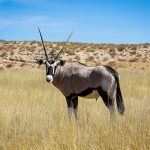
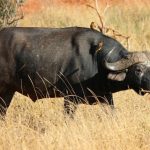
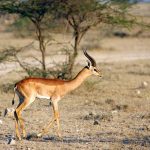


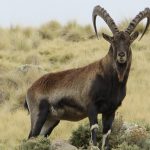

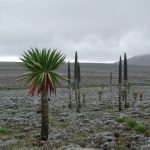
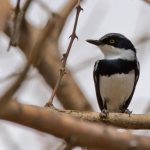


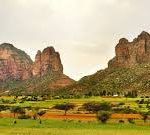
Leave a Reply